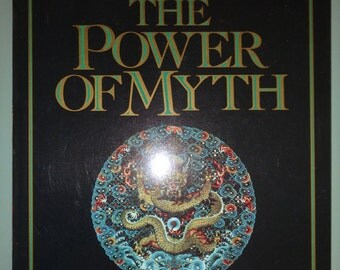

As they spoke a gust of wind swept the fall leaves around them in a flurry of enchantment, as if to authenticate what had just been said.

Tolkien had been arguing that the mythic language of silver elves and moon-lit trees carried a far richer truth than Lewis the rationalist had been willing to admit. Lewis, who had not yet been converted to the Christian faith, experienced that night something of a pre-evangelical conversion to the power of myth. In fact, it was along Addison's Walk in that college one autumn night in 1931 that Lewis engaged his friend J.

Lewis, who was himself fascinated with myth. I happened to encounter the book while at Magdalen College in Oxford, home of C. As Campbell once said, "The latest incarnation of Oedipus, the continued romance of Beauty and the Beast, stands this afternoon on the corner of Forty-second Street and Fifth Avenue, waiting for the traffic light to change."

Adapted from a six-part television series filmed at George Lucas's Skywalker Ranch shortly before Campbell's death, the book moves from the tales of ancient Greece and India to the latest episodes of Rambo and Star Wars. This wonderful book is filled with pictures of Tibetan and Native American art, photographs of aboriginal initiation rites and drawings by William Blake. I was reminded of this recently in reading Joseph Campbell and Bill Moyer's conversation on The Power of Myth. The one probes with questions, the other spins out tales on gossamer threads. Theology and myth are stepsisters of truth. While critical of Western theology for its neglect of myth, Campbell’s irenic spirit encourages theologians to treasure their metaphors, their poetry, their universal stories. Starting from the proposition that the whole history of Western culture can be seen as a history of demythologization, Lane reviews Joseph Campbell’s espousal of what could be called a remythologization of culture. Current articles and subscription information can be found at SUMMARY Copyright by The Christian Century Foundation used by permission. This article appeared in The Christian Century, July 5-12, 1989, pp. Lane is professor of theological studies and American studies at Saint Louis University, St.


 0 kommentar(er)
0 kommentar(er)
